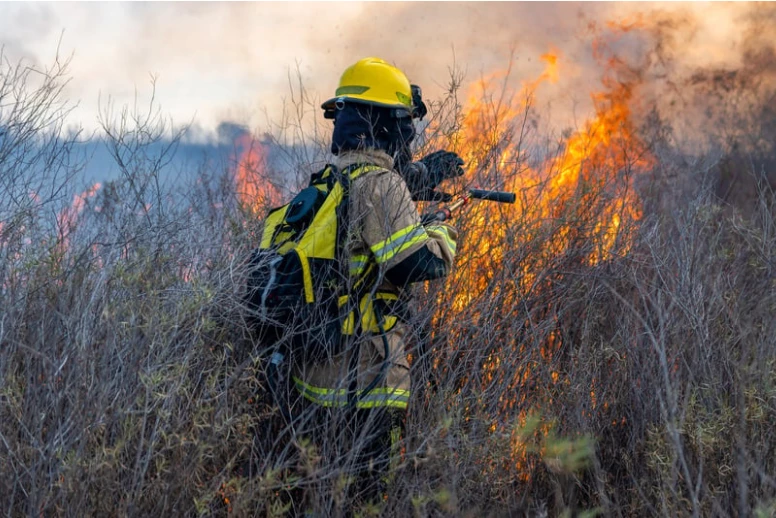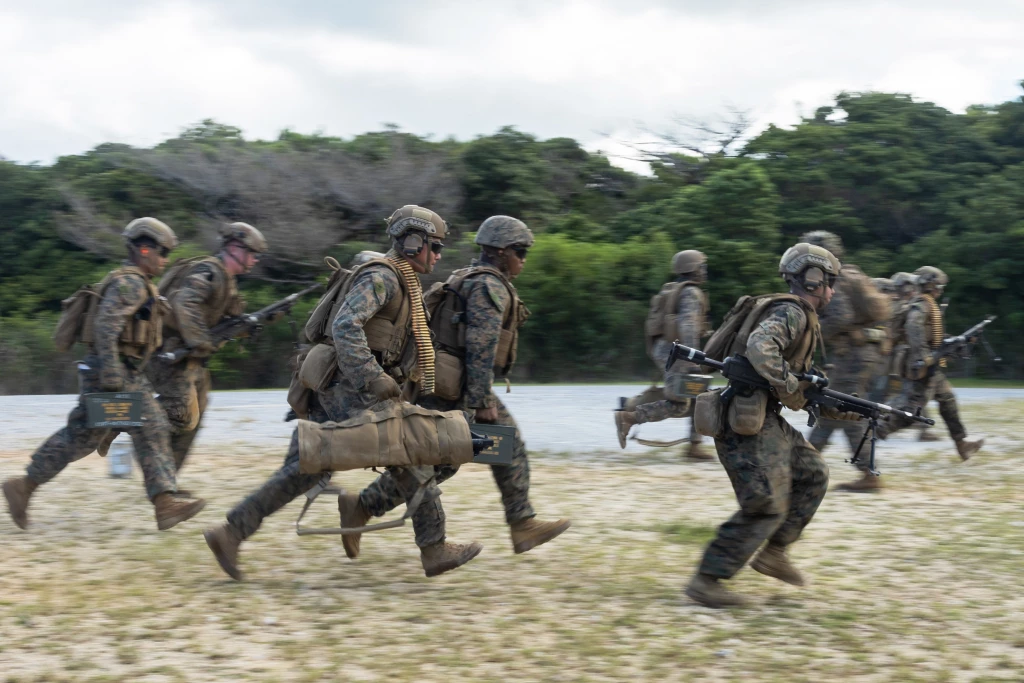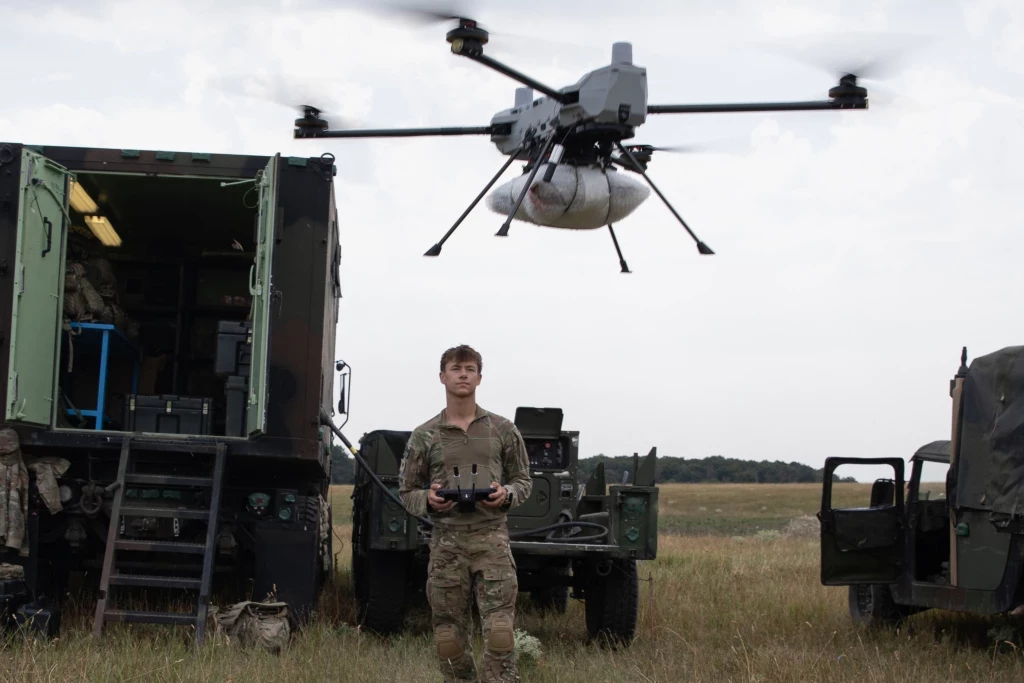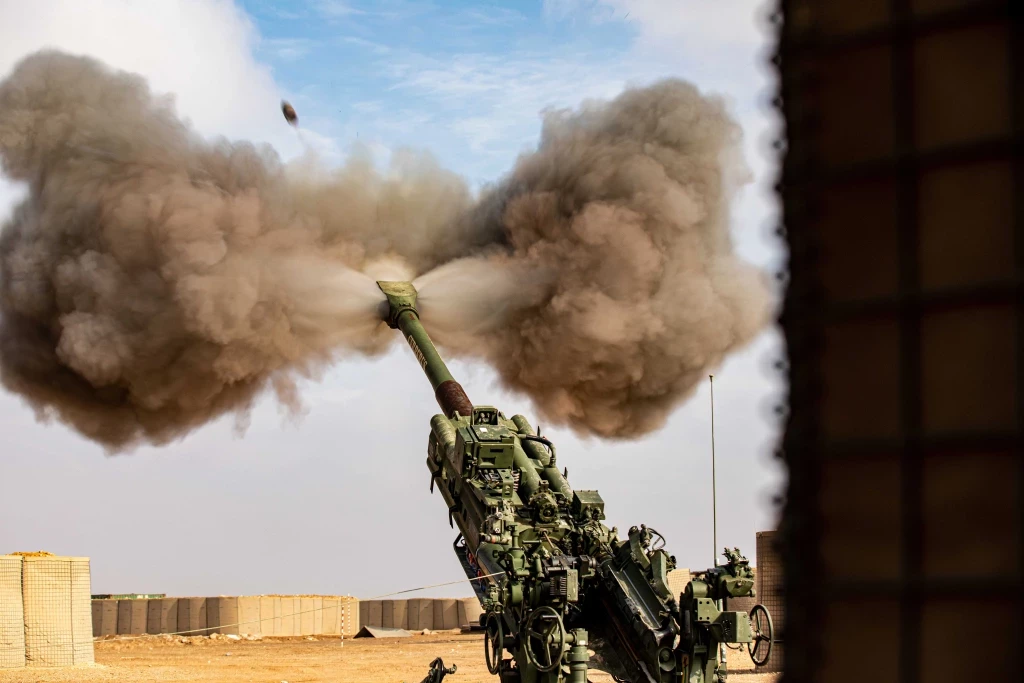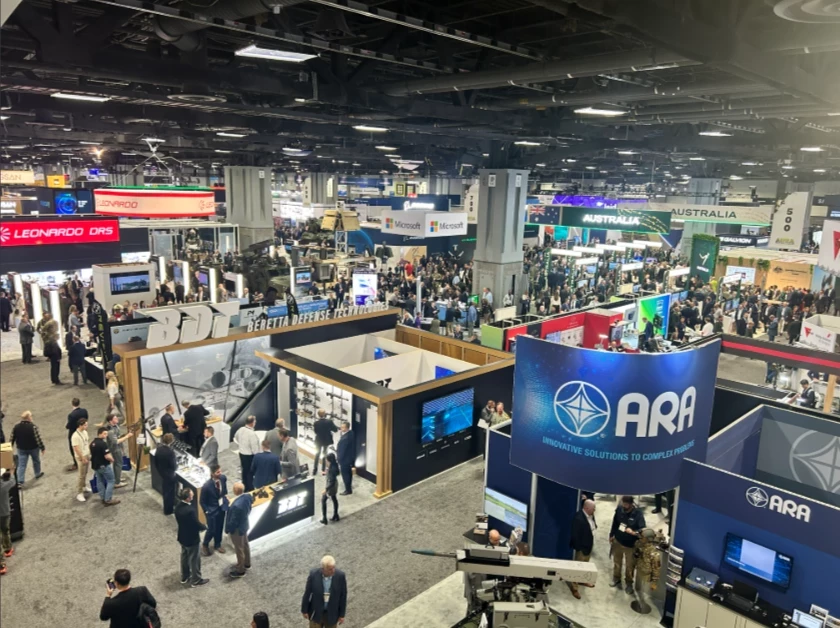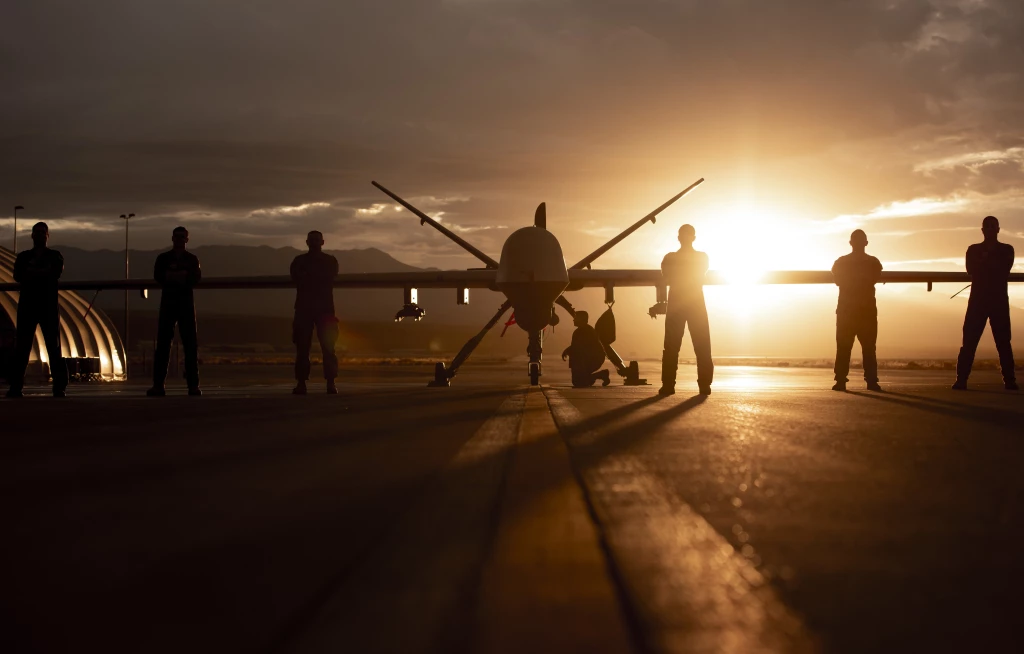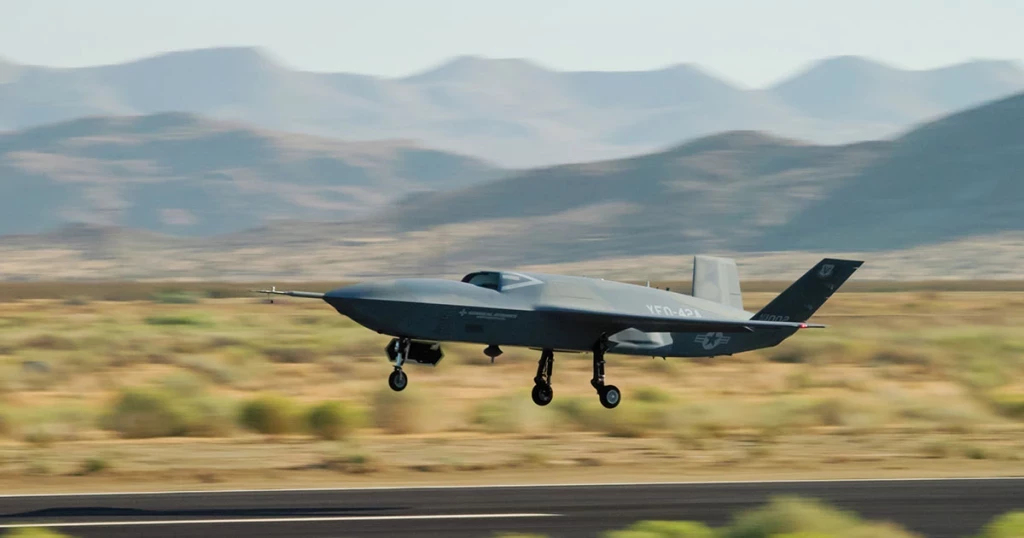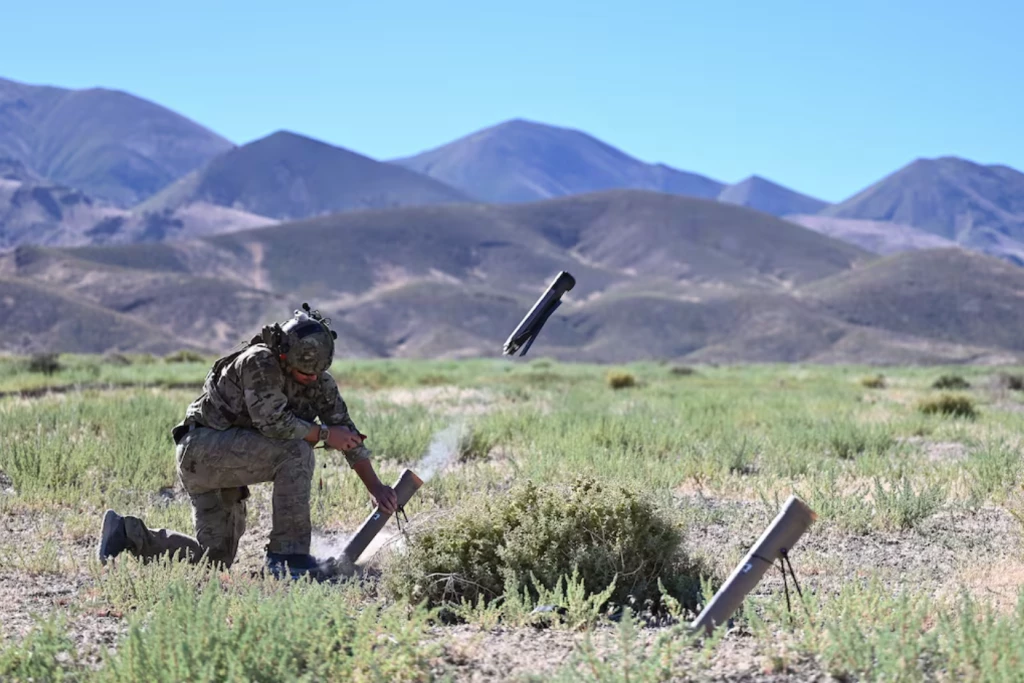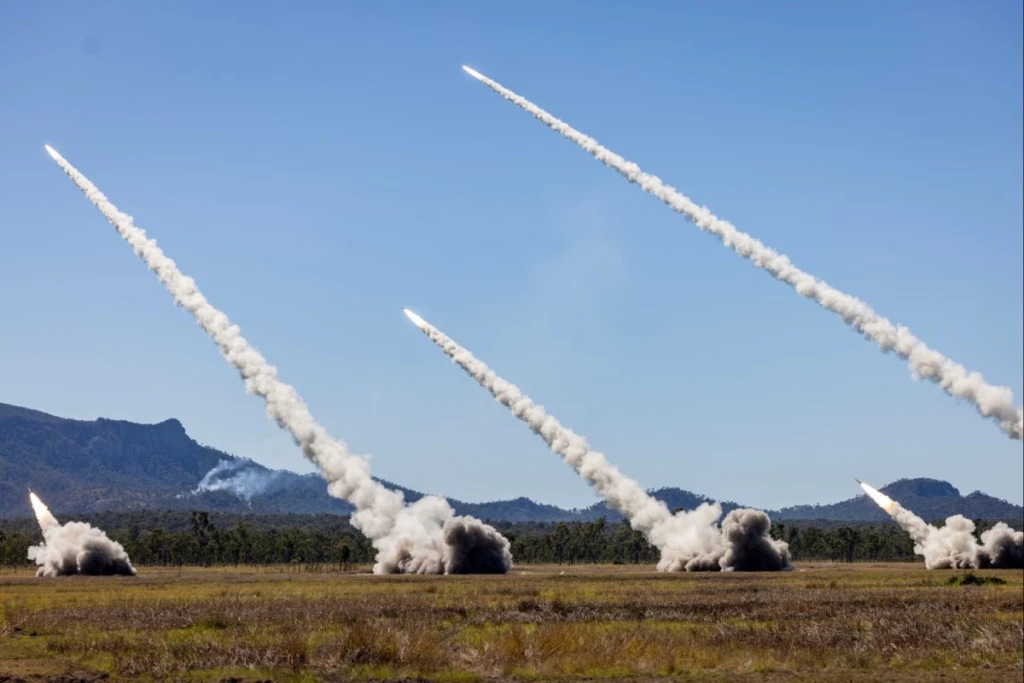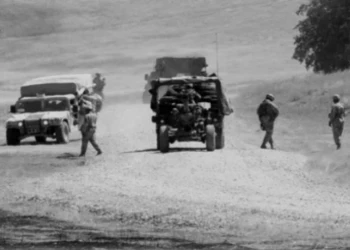Unmanned Aircraft Systems in the Cyber Domain
Add bookmark
It has been less than a year since the first edition of Unmanned Aircraft Systems in the Cyber
Domain: Protecting USA’s Advanced Air Assets was published. Three different factors have
spurred the authors into updating their textbook. First, unmanned aircraft technology has seen
an economic explosion in production, sales, testing, specialized designs and friendly / hostile
usages of deployed UAS / UAVs / Drones. There is a huge global growing market and entrepreneurs know it. Small UAS companies have been reproducing like rabbits. Only the FAA has
been stumbling block trying to balance UAS safe integration into the National Airspace against
hundreds of thousands new recreational and commercial operators testing their meddle in the
skies. FAA’s best efforts surround its decision to register UAS and provide a process for Part 107
Certification. Certification brings sanity and education into a chaotic public market in the US.
Second, hostile use of UAS is on the forefront of DoD defense and offensive planners. They are
especially concerned with SWARM behavior. The author presented at several international CUAS conferences which were attended by commercial, educational and military organizations
for the purpose of hardening USA air assets against hostile drone activities. These were serious conversations and workshops – many of them behind closed doors and interacting with
military brass.
Third, UAS technology was outpacing our first edition. Everyday our group read / discussed
new UAS developments in navigation, weapons, surveillance, data transfer, fuel cells, stealth,
weight distribution, tactics, GPS / GNSS elements, SCADA protections, privacy invasions, terrorist uses, specialized software and security protocols and more. As authors we felt compelled
to address at least the edge of some of the new UAS developments. It was clear that we would
be lucky if we could cover some of the more interesting and priority technology updates. The
2nd Edition adds six more chapters (see below) to harvest information on important advances
in the UAS theater. We were privileged to bring on Captain John P Hood (US Army) as our military advisor and co-author.
Here is an outline of topics in the new chapters in our 2nd Edition:
- Missions
Telecommunications
Earth Observation
GNSS
UAV-Aided Wireless Communications
UAV-aided ubiquitous coverage
UAV – aided relaying
UAV – aided information dissemination and data collection
Challenges
Simple HAPS UAV Network Architecture
Control and Non-Payload Communications Link (CNPC)
CNPC links operate in protected spectrum
Backhaul Links
Data Links
Channel Characteristics, Propagation and Channel Modelling
UAV-Ground Channel
HAPS UAV – UAV Channel
From the Designers Shoes
Stratosphere Segment
Platforms
Aerodynamic Platforms (UAVs)
Platform Choice – Key Designer Issues
Telecommunications Payload
Telemetry, Tracking and Command (TT & C)
Table 17-5 Functions of TT & C Subsystem
Avionics
Electrical Power Subsystem
Ground Segment
Spectrum Allocation for HAPS
HAPS Link Budget
One-Way Link Budget Analysis
Uplink equation
Downlink equation
Discussion Questions
Bibliography



